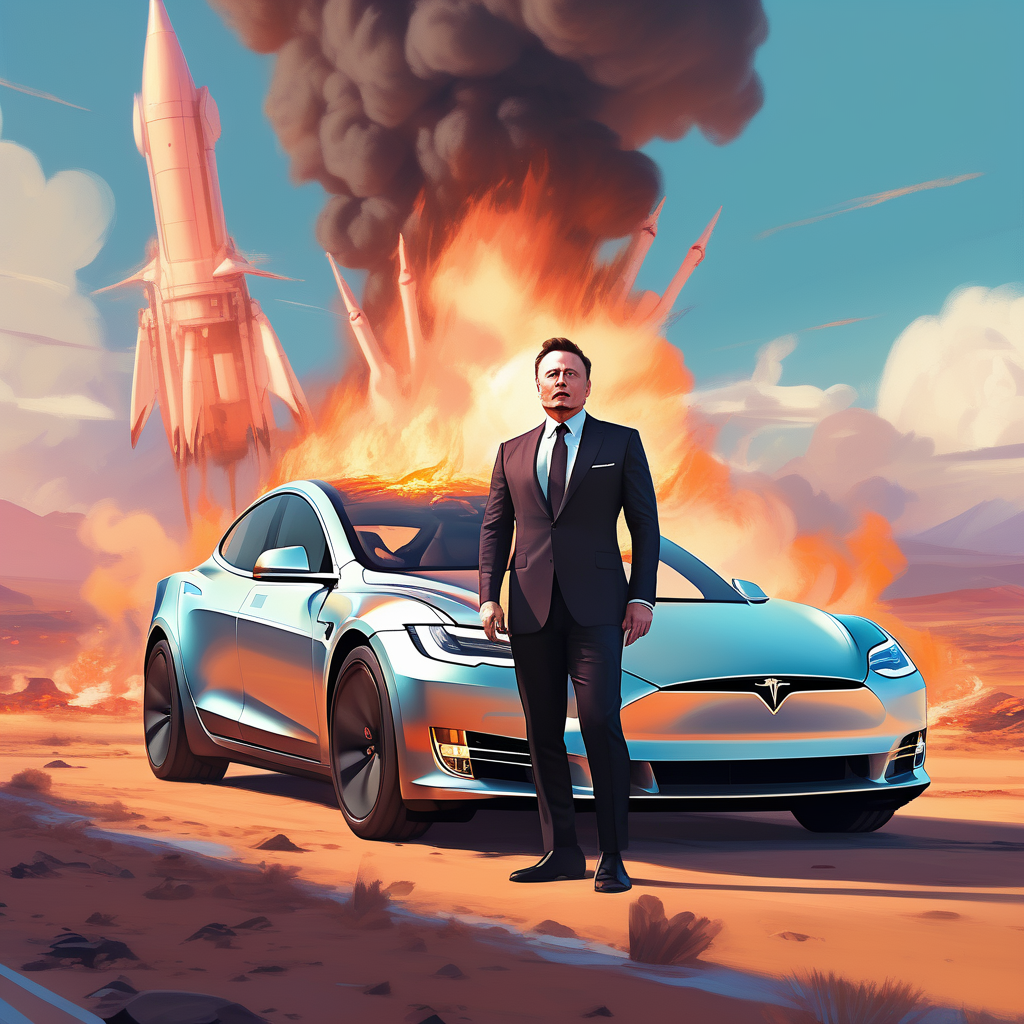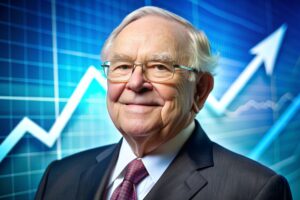How Elon Musk Got Rich: The $315 Billion Myth
Behind the carefully crafted persona of Elon Musk lies a complex web of strategic moves, calculated decisions, and mythmaking that transformed him into one of the world’s wealthiest individuals. The story of how a South African immigrant became the face of technological innovation and space exploration reveals deeper truths about wealth accumulation, power dynamics, and the role of public perception in modern capitalism. Far from the simple narrative of genius and determination often portrayed in media, Musk’s ascent to extraordinary wealth involves a sophisticated interplay of government support, market manipulation, and masterful brand building.
We strongly recommend that you check out our guide on how to take advantage of AI in today’s passive income economy.
Table of Contents
The Foundation Years: More Than Just $2,000
The commonly repeated tale of Elon Musk arriving in North America with just $2,000 in his pocket masks a more nuanced reality of privilege and opportunity. While Musk has worked to distance himself from claims about his father’s emerald mine wealth, court documents and early business records reveal a more complex financial foundation. His initial venture, Zip2, received not only the oft-mentioned $20,000 from his father but also benefited from family connections and access to early angel investors that most entrepreneurs could only dream of. This early advantage, often downplayed in the official narrative, provided crucial leverage for his future business endeavors.
Zip2: The First Taste of Power
The story of Zip2 reveals patterns that would define Musk’s entire career: a keen eye for market opportunities, an ability to attract investor capital, and a sometimes turbulent relationship with business partners. The company’s development wasn’t merely about creating an online city guide; it represented Musk’s first lesson in corporate control and media manipulation. The failed merger with CitySearch, far from being a simple business disagreement, highlighted Musk’s early understanding of the importance of maintaining personal control and visibility in his ventures.
The X.com Gambit: Redefining Financial Technology
When Elon Musk invested his Zip2 earnings into X.com, he demonstrated an uncanny ability to position himself at the intersection of technology and financial services. The venture, which promised to revolutionize banking, faced significant technical challenges and security issues that rarely make it into the popular narrative. Internal documents from this period reveal a company struggling with basic security protocols while its leader focused on grand visions and media appearances. This dichotomy between public promises and private reality would become a recurring theme in Musk’s business career.
The PayPal Crisis and Triumph
The merger between X.com and Confinity marked a crucial turning point in Musk’s career trajectory. The power struggles that led to his eventual ouster as CEO revealed both his strengths and limitations as a leader. However, Musk’s ability to emerge from this setback with substantial wealth and an enhanced reputation demonstrated his remarkable skill at turning potential failures into stepping stones for future success. The PayPal sale provided not just capital but also crucial lessons about corporate control and the importance of maintaining a compelling personal narrative.
Tesla: Reinventing History and Reality
The Tesla chapter represents perhaps the most masterful example of Musk’s ability to reshape historical narratives. While not an original founder, his legal and media strategy successfully positioned him as the visionary creator of the modern electric vehicle revolution. This transformation involved more than just legal agreements; it required a sophisticated understanding of public relations, market psychology, and the power of personal branding. The company’s early struggles with production, quality control, and financial stability were consistently overshadowed by Musk’s ability to sell a compelling vision of the future.
Government Support and Market Manipulation
Tesla’s rise to prominence relied heavily on government support through direct loans, tax incentives, and environmental credits. The company’s strategy of selling carbon credits to traditional automakers effectively turned environmental regulations into a profit center, while Musk maintained a public stance critical of government intervention in markets. This apparent contradiction highlights the sophisticated way in which Musk has leveraged public resources while maintaining a narrative of private sector innovation.
The Art of Wealth Creation: Beyond Traditional Metrics
Elon Musk’s wealth accumulation strategy differs significantly from traditional business models. His preference for stock-based compensation and strategic use of loans against his Tesla shares represents a sophisticated approach to building and maintaining wealth while minimizing tax liability. This strategy, combined with his masterful manipulation of Tesla’s stock price through social media and public appearances, has created a self-reinforcing cycle of wealth creation that extends beyond traditional business metrics.
Political Evolution and Market Influence
The transformation of Musk’s public persona from liberal tech icon to controversial political figure reflects a calculated understanding of power dynamics in modern capitalism. His evolving political statements and positions often align precisely with his business interests, demonstrating a sophisticated approach to maintaining and expanding his influence across multiple spheres of power.
The Reality Behind the Myth
The carefully constructed narrative of Elon Musk as a world-saving entrepreneur obscures a more complex reality of wealth built through government subsidies, worker exploitation, and market manipulation. His promises of revolutionary technologies, from full self-driving capabilities to Mars colonization, drive present-day valuations while their actual implementation remains uncertain. This gap between promise and reality highlights the power of narrative in modern wealth creation.
Legacy and Implications
Understanding how Elon Musk built his fortune provides crucial insights into the nature of wealth and power in contemporary capitalism. His success demonstrates the effectiveness of combining technical innovation with masterful media manipulation, strategic use of government resources, and sophisticated financial engineering. The implications of this model extend far beyond individual wealth accumulation, raising important questions about the relationship between private power and public interest.
Conclusion: Beyond the $315 Billion
The story of Elon Musk’s rise to extraordinary wealth represents more than just personal success; it illuminates fundamental truths about power, influence, and wealth creation in modern society. His ability to maintain and expand his fortune while cultivating a public image of visionary leadership offers important lessons about the role of narrative and perception in contemporary capitalism. As his influence continues to grow, understanding the reality behind the myth becomes increasingly crucial for comprehending the nature of power and wealth in our time.

We strongly recommend that you check out our guide on how to take advantage of AI in today’s passive income economy.




